From the dawn of time we’ve looked to the galaxies in awe and hope that beyond where our eyes can see, there may be other organisms pondering the very same thought — is there anyone else out there? Billions of years ago, Mars and Earth are believed to have resembled each other, and valuable information gathered from past expeditions in Martian territory have shown that even after ancient times, there has been life on the planet. Some of which may also be active today.
In spring of 2021, the hottest destination won’t be Japan or Italy, but planet Earth’s distant cousin — Mars. Every couple of years, Earth and Mars align in such a way that the two planets are at their closest to one another and as a result, next year, three countries are scheduled to arrive on the Red Planet. Including NASA’s Mars 2020 mission which successfully launched on July 30, 2020.
A new generation of spacecraft may soon find out whether there can be life on Mars, and as a result of the recent expeditions, the planet is to be one of the most-watched destinations of 2021. While we can’t take you on a tour of outer space, we can make it possible for you to visit Mars on Earth. When you consider that both of these planets have more in common than we might know, perhaps it’s not such a coincidence that our world has places that look like Mars. Here are 7 of the most Mars-like places on Earth.
Where to visit Mars on Earth
From Europe to Antarctica, there many places that emulate the cold, desert world of Mars — many of which are accessible. This list highlights seven that you can see in person, but there are other mindblowing spots which daring travellers may want to see. For example, take Blood Falls in McMurdo Dry Valley, Antarctica — a flowing red waterfall that gushes through jagged white edges and can only be reached by helicopter from nearby research stations or cruise ships visiting the Ross Sea.
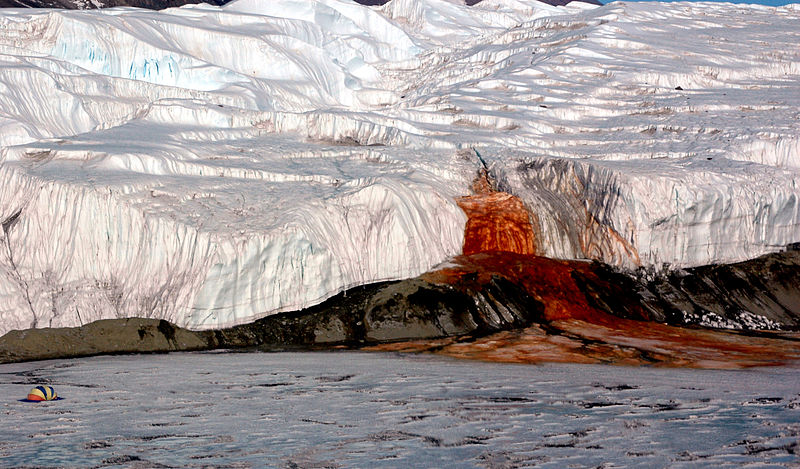
Like Mars, many of the destinations on this list are deserts with native ecosystems and geological formations almost as fascinating as the seasons, polar ice caps, canyons and extinct volcanoes found on the Red Planet.
So whether you’re planning a trip for next year, or want to transform your backyard travel into an otherworldly experience, hitting up destinations that look like Mars on Earth will do the trick.
1. Devon Island, Canada
Described as one of the most Mars-like places on Earth, Devon Island — an isolated landmass located in Baffin Bay of Nunavut, Canada — has both a climate and landscape that resembles the Red Planet.
Oft steeped in fog, this inhabitable island is full of Martian delights: a polar-desert climate, a barren and treacherous terrain, deep canyons and a large crater thanks to meteor impact. You can actually visit this destination without breaking the bank with Google Earth or go the whole way on a cruise that will swing by Mars on Earth.
2. Wadi Rum, Jordan
This colossal valley slices through sandstone and granite rock in southern Jordan — and make no mistake — Wadi Rum is every bit as mythic as it sounds. Also known as the Valley of the Moon, this destination bears all the hallmarks of an epic Mars-like experience: baking hot summers and frigid cold winters, fiery-red canyons and rolling dunes flanked by towering rock formations.
It’s no wonder that Ridley Scott chose this ancient landscape as the location of his film, The Martian. Yet, Wadi Rum’s sublime shapes and scarlet hues echo the Red Planet in more than just appearance — the eerie vastness of this desert evokes a kind of silence and timelessness that mere mortals can only dream of experiencing in outer space.
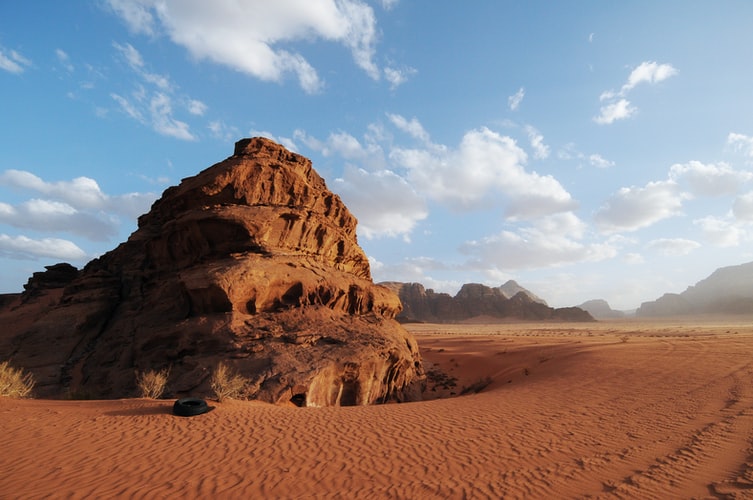
3. Atacama Desert, Chile
During the day, Atacama Desert’s active geysers, salt flats, and blue lagoons are a sight for sore eyes. The chiselled rocky-red terrain holds true to a Martian-like landscape where you can lose yourself to seemingly endless stretches of desert — but to get a 36o˚out-of-this-world experience — you need to stay well beyond sunset.
Bestowed with some of the clearest dark skies, Atacama Desert lives up to being one of Mother Earth’s greatest stargazing hotspots. At night, from the cosmic red rust of Atacama’s sand, travellers can look upon ethereal constellations that will make them feel as if they are no longer part of this world.
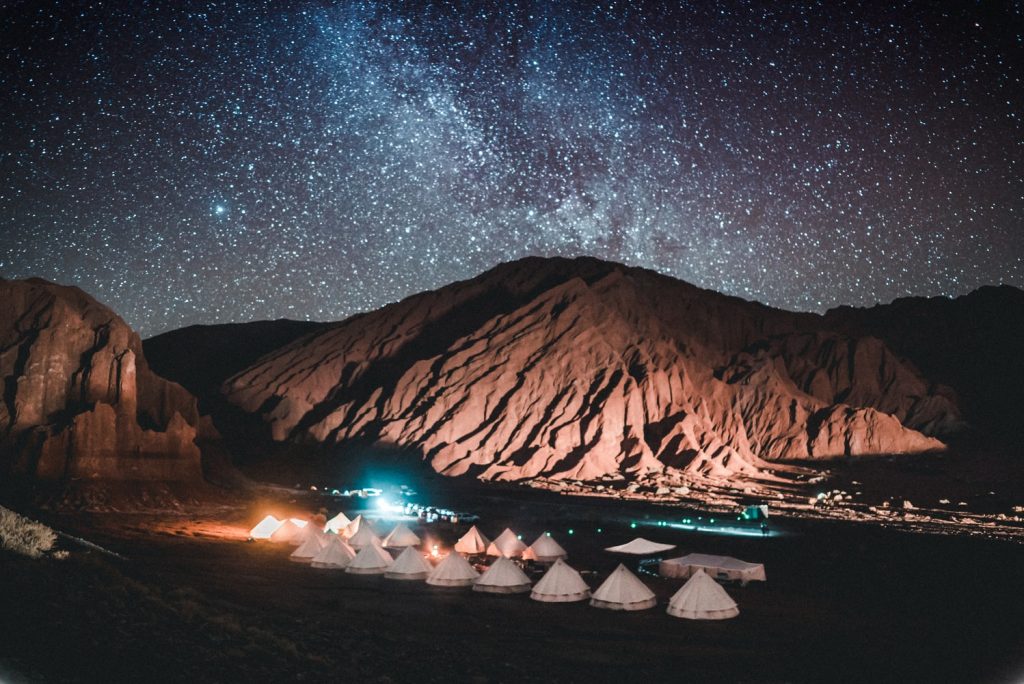
4. The Wave, Arizona
Located on the slopes of the Coyote Buttes in the Paria Canyon-Vermilion Cliffs Wilderness of the Colorado Plateau, the Wave is a geological sandstone formation located in Arizona, United States, near the northern border of Utah. A delicious swirl of intersecting U-shaped troughs, this colourful, undulating landscape will pull you into its fold like gravity. Make your way across this dune, and let the surreal patterns of the Wave trip you out.
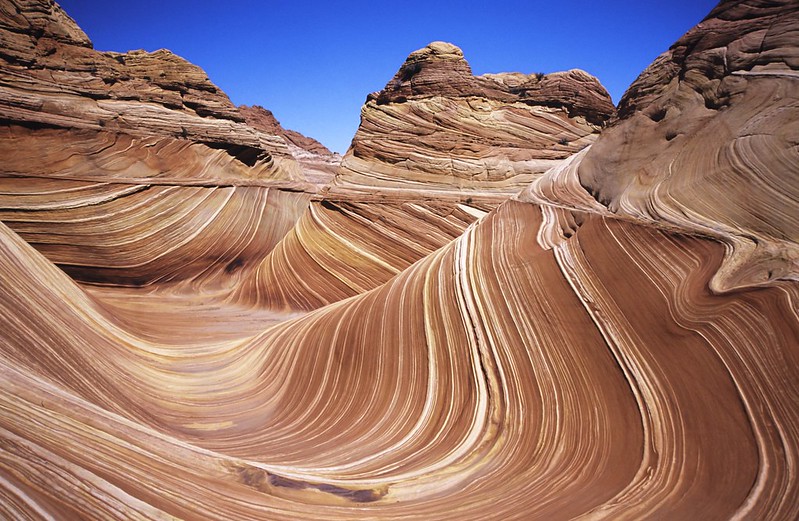
5. Dead Vlei, Namibia
Odysseys don’t come by easy on Earth unless you know exactly where to go. Scientists believe that there was a time when Mars had water, but for reasons yet to be discovered, the planet dried up. The same can be said for Dead Vlei — although in this instance the history is more recent.
About 900 years ago after dunes cut off Dead Vlei from the river, this region of the Namib Desert dried up. The climate became so dry that centuries after their death — ancient acacia trees unable to decompose — have been blackened by the scorching-hot sun and now cast an alien-like ambience throughout Dead Vlei. Famous for its enormous red dunes and impossibly clear skies, watching sunrise and sunset in this unreal destination will make you feel as if you’re in a galaxy far, far, away.
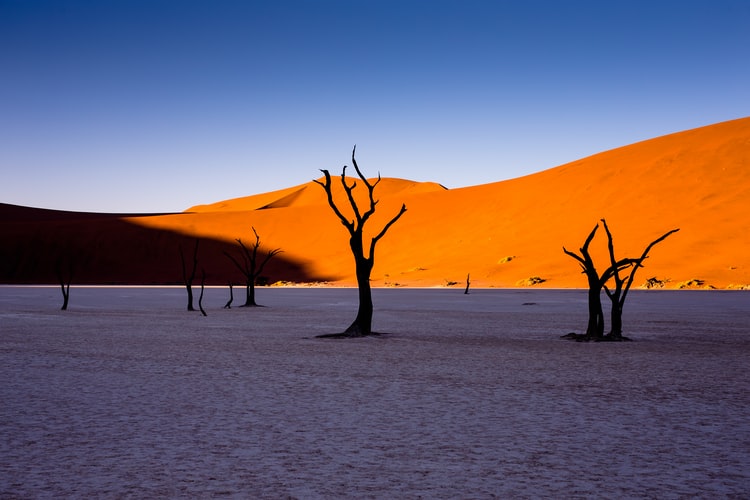
6. Haleakalā National Park, Hawaii
Along with pristine palm tree-studded shores, Hawaii is also home to harsh landscapes that look like they have dropped out of a scene from a sci-fi movie set in the cosmos. Venture away Maui’s sandy island coast towards Haleakalā National Park to feel as though you have genuinely departed from planet Earth.
The park gets its namesake from dormant volcano Haleakalā which lies within the heart of its boundaries — and is brimming with Martian-like treats. A mountain made of lava, cinder cones, breathtaking vistas from the rim of a volcano crater, and rugged red terrain that’s quite unlike anything else in our world.

7. Námaskarð, Iceland
Formed over millions of years, Iceland’s geography has been a source of inspiration and wonder for both scientists and travellers. Thanks to glacial landscapes, volcanic activity, geothermal mist and supernatural forces like the aurora borealis and a midnight sun, this country’s features resemble many planets in our solar system. If you’re looking to visit Mars on Earth, however, you need to put Námaskarð on your bucket list for 2021.
A geothermal area on the mountain of Námafjall in northern Iceland, Námaskarð features a orange-brown lunar landscape studded with black rivers, bubbling pools, boiling sulfuric springs and steaming fumaroles — openings in the Earth’s surface that emit vapour and gases. This colourful and surreal destination doesn’t just look and feel Martian, the sulfuric omissions here swathe the region in an unearthly smell that will definitely transport you.



